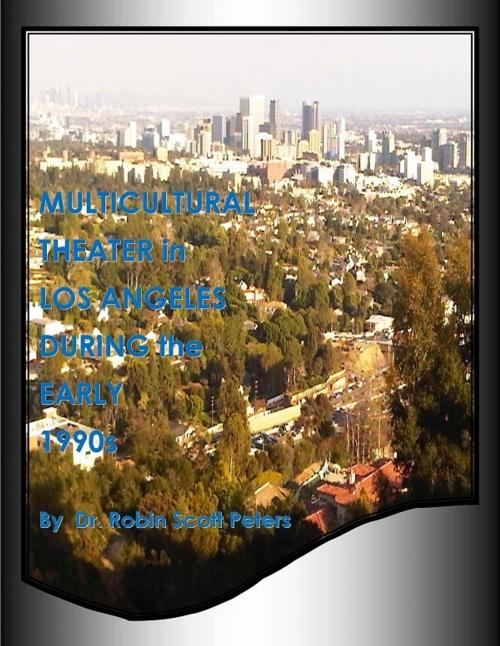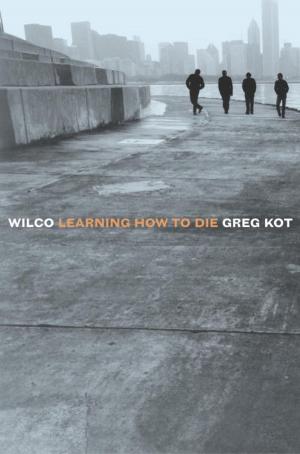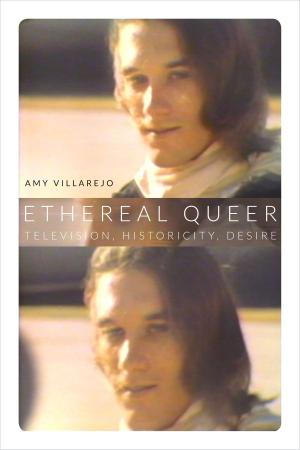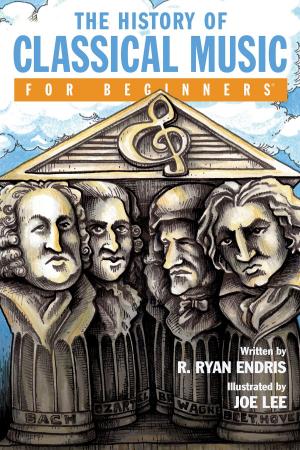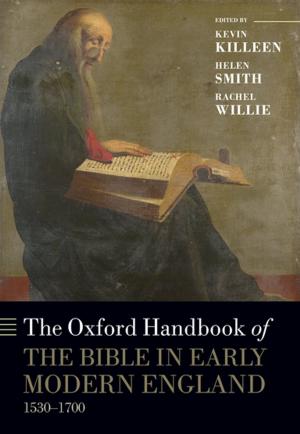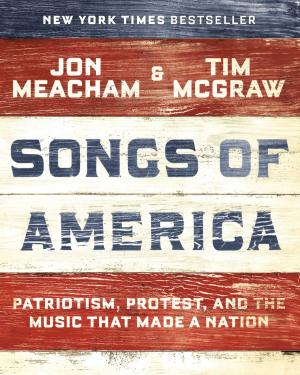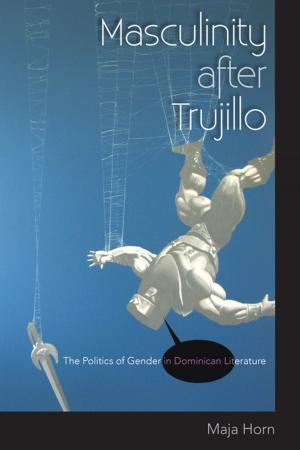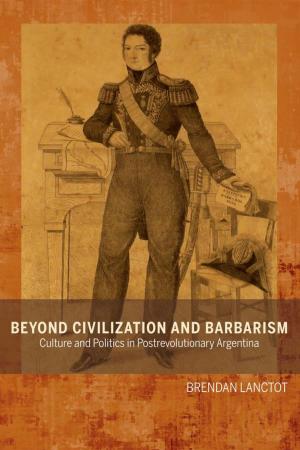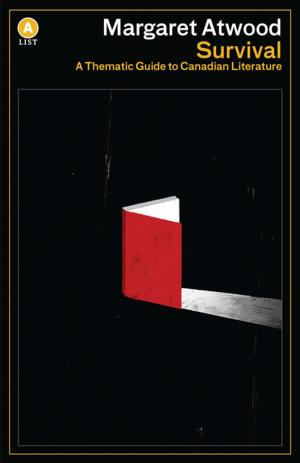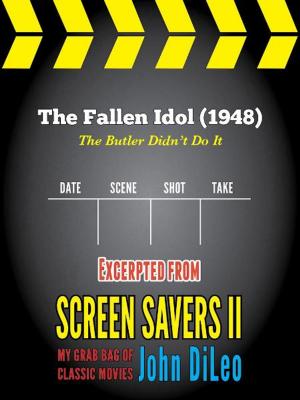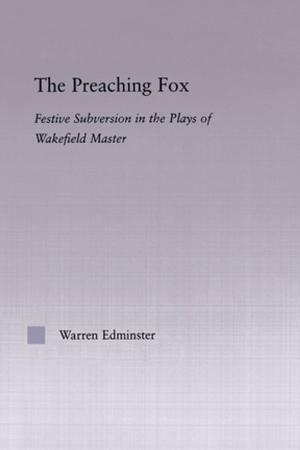Multicultural Theater in Los Angeles During the Early 1990s
Nonfiction, Entertainment, Theatre, Direction & Production, Performing Arts, History & Criticism| Author: | Robin Scott Peters | ISBN: | 9781465779106 |
| Publisher: | Robin Scott Peters | Publication: | February 25, 2012 |
| Imprint: | Smashwords Edition | Language: | English |
| Author: | Robin Scott Peters |
| ISBN: | 9781465779106 |
| Publisher: | Robin Scott Peters |
| Publication: | February 25, 2012 |
| Imprint: | Smashwords Edition |
| Language: | English |
The primary resources examined were publications that advertise the presentation of theater. These sources included "The Drama-logue," the "Back Stage West," and the "Los Angeles Times." There were culturally specific publications available, but these sources replicated the items located in the primary resources. Also, notices were listed in the cultures indigenous language, and the listings focused on companies formed purposefully for one-time events. I concentrated on the Sunday edition of the "Los Angeles Times" because it was the one source that consistently carried announcements about current, running, and closing theatrical events of both Equity and Equity-waiver houses. These events were also broken down into large and small theaters; theaters larger than 99-seats and theaters with houses of less than 99-seats.
The approach was to catalogue every play announcement printed in the "Calendar" section of the Sunday "Los Angeles Times" over a specific five year period, 1991-1995. The initial research was primarily the process of cutting out, reading, pasting and organizing close to 10,000 individual advertisements. The cards were then organized by names of each theater and by names of production companies/groups. If the theater or the company/group advertising mentioned anything about ethnicity and diversity they were subdivided into that particular ethnic category. Other categories began to emerge based on information included in the advertisements, such as: topics covered, genre or style of plays produced, specific artists that wrote, produced, or were involved in the productions, location of performances or theater houses, length of play run, and year and date plays ran. These divisions helped to define the nature and structure of the theaters.
Further definition of the nature and structure of the theaters included a search for articles pertaining to any of the theaters defined as ethnic during the initial cataloguing. Again, the major newspapers and trade journals covering theater in Los Angeles were examined. In all, over four hundred articles were collected and these articles were instrumental in clarifying the identity of the theaters, production companies, and artists performing ethnically diverse theater. Another method employed to clarify the research was a review of playbills from performances. The playbills contain information regarding performers, history of the production companies and theaters, mission statements, and directorial visions.
The final component of the research was interviewing as many of the major players involved with multicultural theater in Los Angeles. The interviews were conducted after the cataloguing and research was completed. To allow for the research to define the important players. Each interview had similar questions asked pertaining to the companies organizational structure, methodology and mission statement.
These major methodological components helped to define First and Second Level multicultural theaters. Overall, the purpose in writing this book is to define and catalogue, create a foundation for, these ethnic theaters under one book so as to "begin" the essential long term analysis and historical documentation of such an important part of Los Angeles theater. The intent is to deliver a historical narrative meant to be accepted as a survey for the purpose of starting to notate the historical development of ethinic theater in Los Angeles. This is truly meant as an introduction to the people and companies which make up the diversity found in Los Angeles theater. The focus is on the early-middle 1990s because it was during this time that multiculturalism, pluralism, and diversity controlled ideological processes, philosophies, missions, and artistic visions.
The primary resources examined were publications that advertise the presentation of theater. These sources included "The Drama-logue," the "Back Stage West," and the "Los Angeles Times." There were culturally specific publications available, but these sources replicated the items located in the primary resources. Also, notices were listed in the cultures indigenous language, and the listings focused on companies formed purposefully for one-time events. I concentrated on the Sunday edition of the "Los Angeles Times" because it was the one source that consistently carried announcements about current, running, and closing theatrical events of both Equity and Equity-waiver houses. These events were also broken down into large and small theaters; theaters larger than 99-seats and theaters with houses of less than 99-seats.
The approach was to catalogue every play announcement printed in the "Calendar" section of the Sunday "Los Angeles Times" over a specific five year period, 1991-1995. The initial research was primarily the process of cutting out, reading, pasting and organizing close to 10,000 individual advertisements. The cards were then organized by names of each theater and by names of production companies/groups. If the theater or the company/group advertising mentioned anything about ethnicity and diversity they were subdivided into that particular ethnic category. Other categories began to emerge based on information included in the advertisements, such as: topics covered, genre or style of plays produced, specific artists that wrote, produced, or were involved in the productions, location of performances or theater houses, length of play run, and year and date plays ran. These divisions helped to define the nature and structure of the theaters.
Further definition of the nature and structure of the theaters included a search for articles pertaining to any of the theaters defined as ethnic during the initial cataloguing. Again, the major newspapers and trade journals covering theater in Los Angeles were examined. In all, over four hundred articles were collected and these articles were instrumental in clarifying the identity of the theaters, production companies, and artists performing ethnically diverse theater. Another method employed to clarify the research was a review of playbills from performances. The playbills contain information regarding performers, history of the production companies and theaters, mission statements, and directorial visions.
The final component of the research was interviewing as many of the major players involved with multicultural theater in Los Angeles. The interviews were conducted after the cataloguing and research was completed. To allow for the research to define the important players. Each interview had similar questions asked pertaining to the companies organizational structure, methodology and mission statement.
These major methodological components helped to define First and Second Level multicultural theaters. Overall, the purpose in writing this book is to define and catalogue, create a foundation for, these ethnic theaters under one book so as to "begin" the essential long term analysis and historical documentation of such an important part of Los Angeles theater. The intent is to deliver a historical narrative meant to be accepted as a survey for the purpose of starting to notate the historical development of ethinic theater in Los Angeles. This is truly meant as an introduction to the people and companies which make up the diversity found in Los Angeles theater. The focus is on the early-middle 1990s because it was during this time that multiculturalism, pluralism, and diversity controlled ideological processes, philosophies, missions, and artistic visions.
